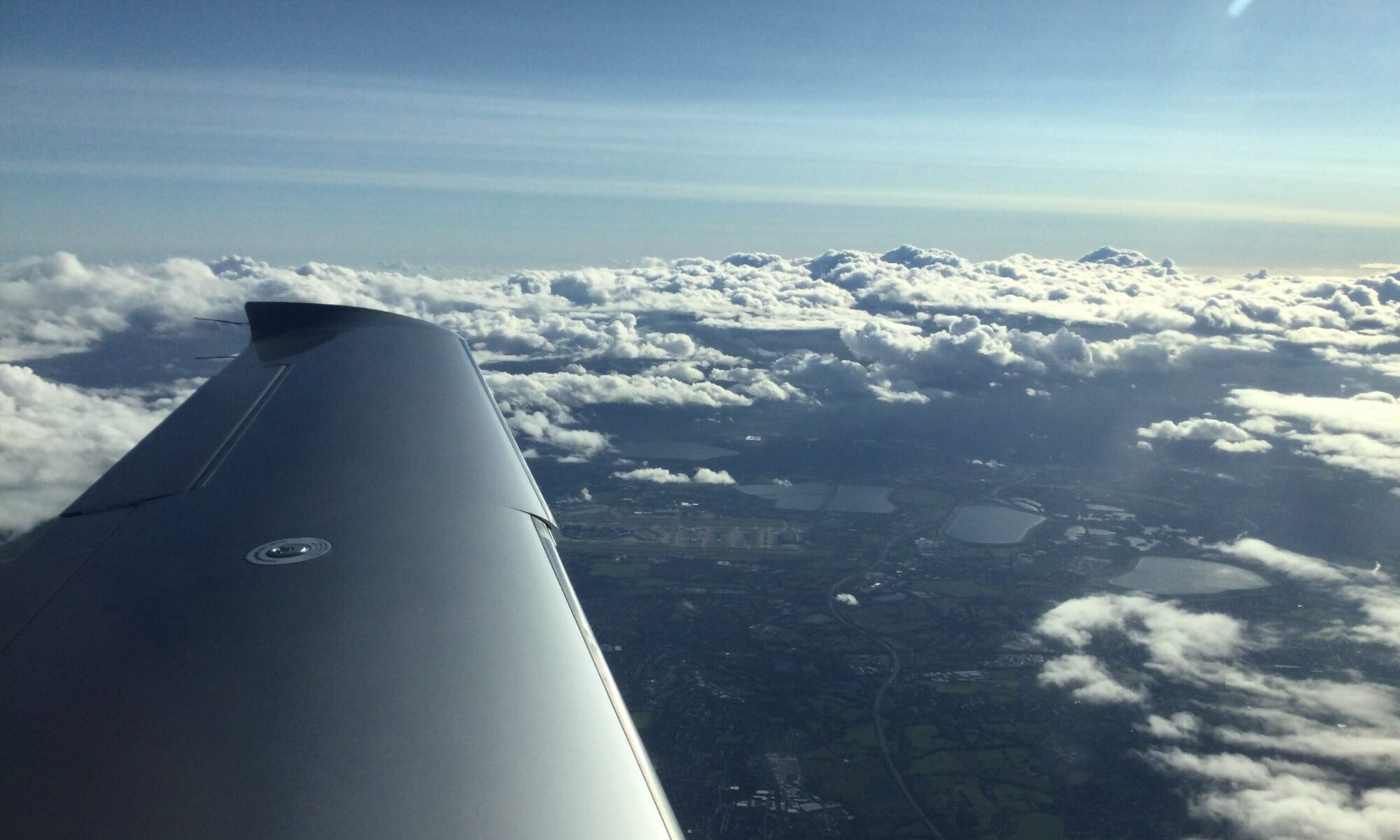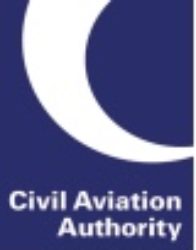UK CAA have published version 2 of their CAP 2118 Flight Radiotelephony Operator’s Licence (FRTOL) Examiner Manual. This is an update following review of introduction of the new FRTOL practical test in 2022 and includes the addition of regulatory requirements, the correction of errors in previous version and an update to original layout to further align with the process.
UK CAA Publishes CAP 413 Edition 24
The UK CAA has published the Radiotelephony Manual (CAP 413) Edition 24. This edition incorporates editorial changes and all Supplementary Instructions (SI) to December 2023. It is effective from 28 March 2024.
In addition to editorial changes and minor corrections, Edition 24 includes
updates in line with:
– Performance Based Navigation (PBN) approach naming;
– Phraseology for Required Navigation Performance (RNP) Instrument Approach Procedures (IAPs) at Aerodromes with Air / Ground Communication Service (AGCS);
– Movement Area Surface Condition Reporting;
– Flight Priorities;
– Radio Mandatory Zones (RMZ);
– Use of Cooperative Air Traffic Service (ATS) Surveillance Systems in Flight Information Service
– Police, Helicopter Emergency Medical Services (HEMS) and Search and Rescue (SAR) Callsigns; and
Multiple administrative updates to the military phraseology in Chapter 10.
All change to the FRTOL Assessment!
It has long been known that UK CAA has been undergoing a review of the current RTF Practical test practices and recently they issued CAP 2117 “Introduction of new Flight Radiotelephony Operator’s Licence (FRTOL) Practical Test format and FRTOL Examiner Qualification Procedure” including the forthcoming publication of a new “FRTOL Examiners’ Manual (CAP2118)”.
The CAA aims to improve the current FRTOL testing system by introducing a new and more relevant FRTOL practical test format.
Changes to the RTF Practical and Communications Theory Include:
– Practical Test routes based on actual UK VFR Aeronautical charts and frequency reference cards replacing the current fictitious test routes.
– Candidates may choose their own aircraft category for the test (Aeroplane, Microlight, Helicopter etc).
– Scenario-based oral questioning included in the Practical Test.
– Updated set of Communication multiple-choice papers pending access to the eExam system.
More importantly, To enable FRTOL Examiners to verify that the required Radiotelephony training has been completed prior to the Practical Test, and to confirm that the candidate is aware of the subject matter and knowledge required, SRG 1171 has been updated and its completion is mandatory for all test applicants from 1 June 2022.
UK CAA looking for RT senior examiners
Following an in-depth review of the Flight Radiotelephony Operator’s Licence (FRTOL) examination system and the training, testing and oversight of RT examiners, a new system will be introduced.
Senior RT Examiners
The CAA will appoint, train and authorise a small number of examiners who together will form a new panel of senior RT examiners. The panel, on behalf of the CAA, will set and maintain RT standards, and will provide ongoing oversight of the training and testing of RT examiners.
The CAA would like to invite expressions of interest from those individuals who may wish to consider the role of senior sxaminer (RT).
Successful applicants will be invited to interview and will meet the following criteria:
- Hold a current RT examiner certificate with at least 6 years’ experience
- Have conducted a minimum 60 RT practical tests
- Hold or have held either a CPL(A), a CPL(H) or an ATCO licence.
- Hold or have held flight instructor and examiner privileges
Please send a brief email outlining relevant experience and contact details to examiners@caa.co.uk with the subject title ‘Senior Examiner (RT)’
All applicants meeting the minimum requirements will be contacted by the CAA chief RT examiner who will give an overview of the planned changes.
UK CAA Squawk a Change to RFT Phraseology
UK CAA published Aeronautical Information Circular (AIC) Yellow 128/2019. This AIC announces changes, effective from 27th February 2020, to RTF phraseology and conspicuity codes relating to transponder code procedures.
Conspicuity Codes
The code of 7000 has, to date, been called the conspicuity code and is selected on the transponder when operating within United Kingdom airspace and have not received a specific instruction from ATS concerning the setting of the transponder.
The Enroute section of the Aeronautical Information Package (AIP) ENR 1.6 now defines two different types of conspicuity code:
7000 – VFR conspicuity code: when operating within United Kingdom airspace in accordance with VFR and have not received a specific instruction from ATS concerning the setting of the transponder.
2000 – IFR conspicuity code: when operating within United Kingdom airspace in accordance with IFR and have not received a specific instruction from ATS concerning the setting of the transponder.
The choice of whether to select VFR conspicuity or IFR conspicuity is based on the flight rules being followed by the pilot not the meteorological conditions encountered.
Phraseology Changes
When changing from a previously issued discrete code to a conspicuity code the phraseology:
ATSU: “G-ABCD, squawk 7000”
Pilot: “Squawk conspicuity, G-ABCD”
CAP 413 will change to:
ATSU: “G-ABCD, squawk conspicuity”
Pilot: “Squawk conspicuity, G-ABCD”

